Distant star-forming region NGC 2467. Credit: NASA/ESA, Courtesy of “Hubble’s Universe.”
The new book, Hubble’s Universe: Greatest Discoveries and Latest Images includes several previously unpublished images from the Hubble Space Telescope, and author Terence Dickinson has graciously shared a few of those images with Universe Today. All images are courtesy of NASA, ESA, and “Hubble’s Universe.”
Find out how you can win a copy of “Hubble’s Universe” here.
Read our full review of this book here.
Above is NGC 2467, a nebula similar to the Orion Nebula, but 11 times farther away, in the southern constellation Puppis. A churning foam of strangely shaped dust clouds forms the backdrop to the newborn blue stars emerging from the gas and dust. Most of the radiation that is eating away at the cloud is being emitted by the single brilliant massive star near the center of the image. Its fierce radiation has cleared the surrounding area, and some of the next generation of stars are forming in the denser regions around the edge.
See more beautiful Hubble images below:
The star cluster NGC2060 contains a supernova that exploded about 10,000 years ago, blowing out gas surrounding the cluster.
A celestial shell of interstellar gas being shocked by the blast wave from a supernova, the Ornament Nebula was imaged by the Hubble Space Telescope and combined with X-ray images from NASA’s Chandra X-ray Observatory. The supernova – the explosive destruction of a star – occurred nearly 400 years ago and is 23 light-years across. The nebula is expanding at the rate of the Earth-to-Moon distance every minute.
Glorious Saturn. This exquisite Hubble portrait of Saturn shows the famous rings nearly edge-on. Some of the larger of Saturn’s more than five dozen moons are seen, including most prominently Titan, the largest, casting its inky shadow on the planet. The rings are composed of trillions of icy particles that probably originated with the collision of large moons aeons ago.
Egg Nebula. Concentric dust layers extend over one-tenth of a light-year from this dying sun. Running almost vertically through the image, a thick dust belt blocks the light of the central star. Twin beams of light radiate from the hidden star, illuminating the pitch-black dust like a flashlight shining in a smoky room. The nebula was photographed through polarizing filters to measure how the dust reflects light.
NGC6384. Star birth in this relatively quiescent middle-aged galaxy has declined. Noticeably missing are pinkish nebulas that are the sites of new star formation. Radiation and stellar winds from superhot, young blue stars have cleared out the remaining gas, shutting down any further production of stars. A bright concentration of starlight marks the galaxy’s center. Spiraling outward, dust lanes are silhouetted against the population of whitish middle-aged stars. Much younger blue stars trace the spiral arms.
ARP 273. A cosmic waltz between two galaxies is the result of gravitational tidal distortion from their close proximity to each other. Despite the fact that they are separated by tens of thousands of light-years, a tenuous tidal bridge of material stretches between the pair. The swath of blue across the top is the combined light from clusters of bright, hot, young blue stars, The smaller, nearly edge-on companion galaxy shows intense star formation at its nucleus, which was probably triggered by the interactions. More close encounters and an eventual merger are the likely future of this galaxy duo.
Stephan’s Quintet. One of the most famous examples of interacting galaxies is Stephan’s Quintet. Three of the galaxies have distorted shapes, elongated spiral arms and long, gaseous tidal tails containing myriad star clusters. The interactions among the galaxies have sparked a frenzy of star birth in the pair of intertwined galaxies just above center. This drama is being played out against a rich background of far more distant galaxies. The galaxy at lower left is in the foreground and not part of the grouping. It is 40 million light-years from Earth, while the remaining members of the quintet reside 290 million light-years away.
Galaxy Panorama. This is just 1 of 10 photos of that create a panorama of distant galaxies. Perhaps better than anything else in this book, these images open a window on the universe of galaxies – arguably, the Hubble Space Telescopes’ greatest gift so far. The image reveals a rich tapestry of thousands of galaxies stretching back through most of the universe’s history. The closest galaxies in the foreground emitted their observed light about a billion years ago. The most distant galaxies, a few of the very faint red specks, are seen as they appeared more than 13 billion years ago. The image combines a broad range of colors, from the ultraviolet, through visible light and into the near infrared. Such a detailed view of the deep universe in this combination of color, clarity, accuracy and depth has never before been assembled. The panorama shows galaxy shapes that, at each earlier epoch, appear increasingly chaotic as galaxies grew through accretion, collisions and mergers. The galaxies range from the mature spirals and elliptical in the foreground to smaller, fainter, irregularly shaped galaxies, most of which are farther away and, therefore, existed further back in time. The smaller galaxies are considered the building blocks of the large galaxies we see today.
Ants in space? Designated Menzel 3 (Mz 3), and called the Ant Nebula, this member of Hubble’s celestial menagerie resembles the head and thorax of a garden ant. The central star in Mz3 might have a closely orbiting companion that is exerting strong gravitational tidal forces which are shaping the outflowing gas. The very massive young star Eta Carinae shows a similar outflow pattern to that of Mz3.
The Hubble Space Telescope captured this image of the 86-kilometer-wide lunar impact crater Tycho. Because the Moon has been mapped in great detail by lunar orbiting spacecraft, there is relatively little call for Hubble’s intense gaze to be turned toward the Earth’s natural satellite.
This image was published earlier this year, and shows the dazzling globular star cluster Messier 9, or simply M9, contains hordes of stars swarming in a spherical cloud about 25,000 light-years from Earth. It is too faint to be seen with the naked eye, and when it was discovered by French astronomer Charles Messier in 1764, he observed it only as a faint smudge in his small telescope. He classified the cluster as a nebula (“cloud” in Latin). This Hubble Space Telescope portrait, the best image yet of M9, reveals 250,000 individual stars.

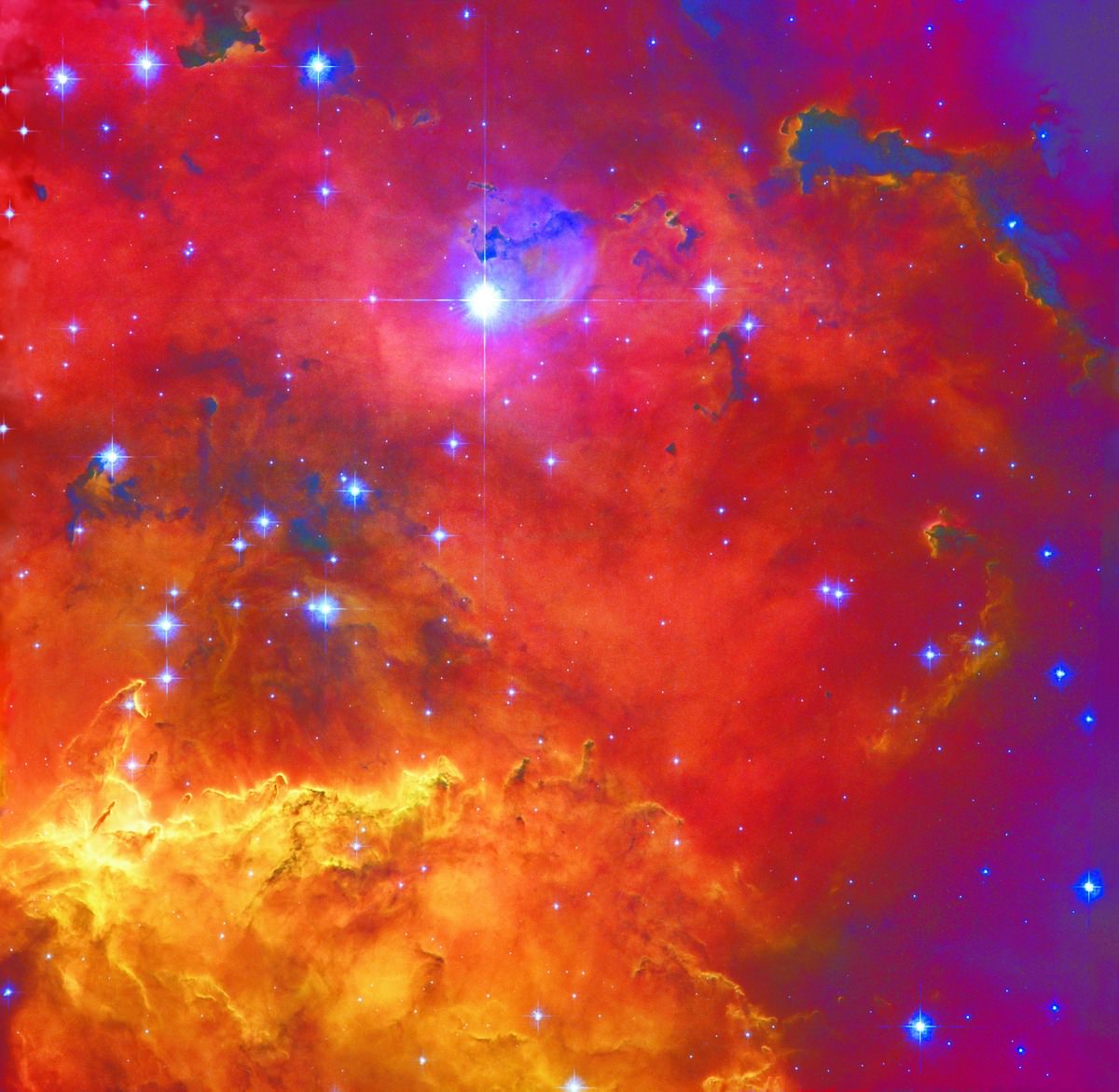
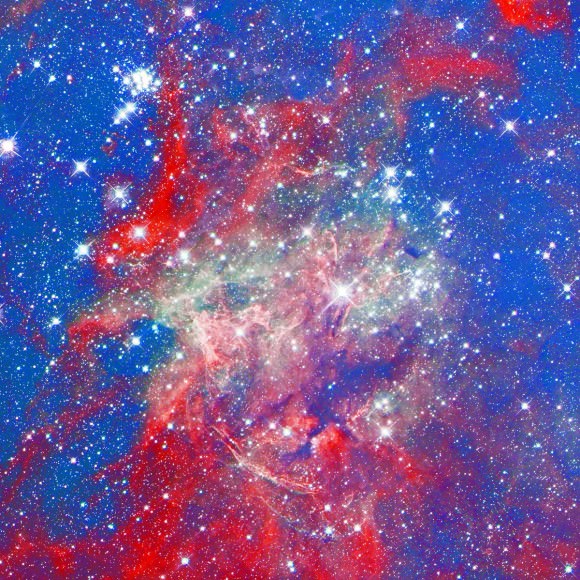
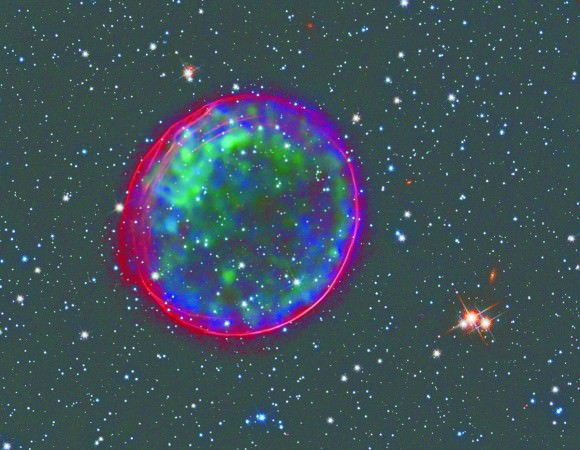
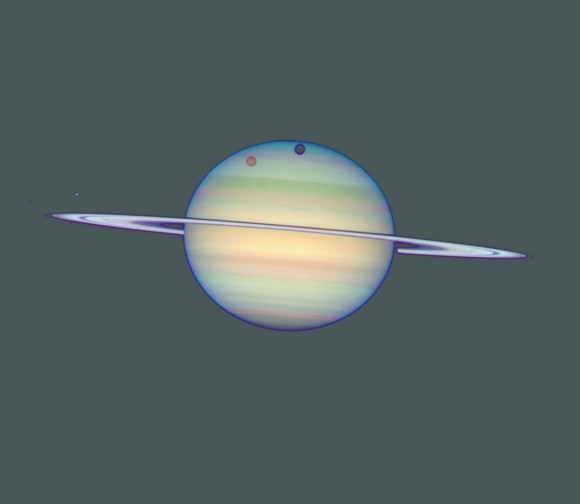
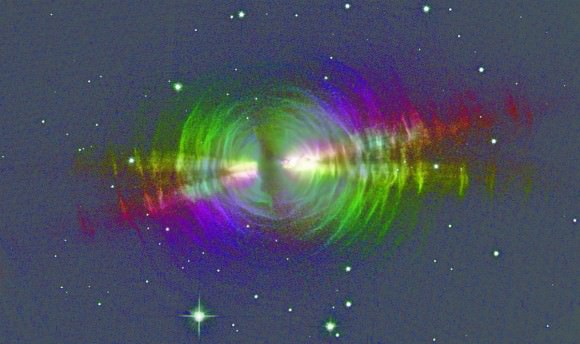
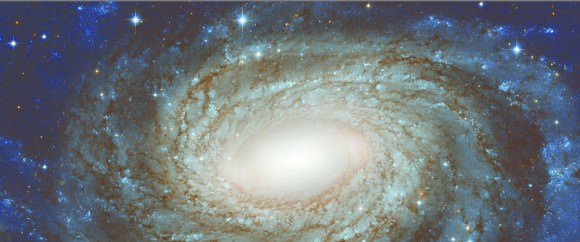
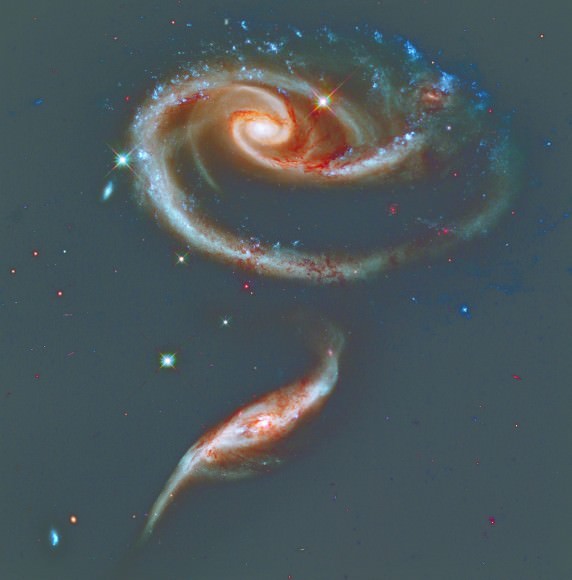
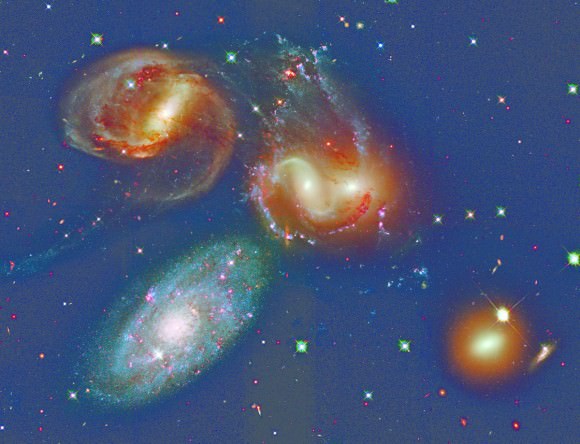
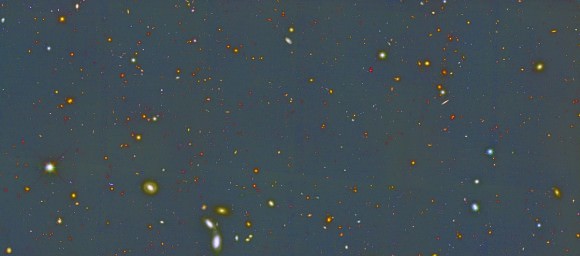
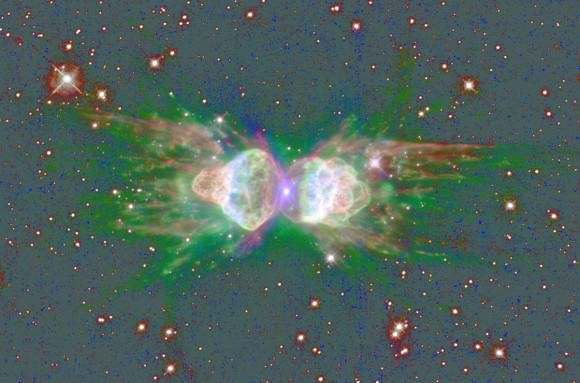
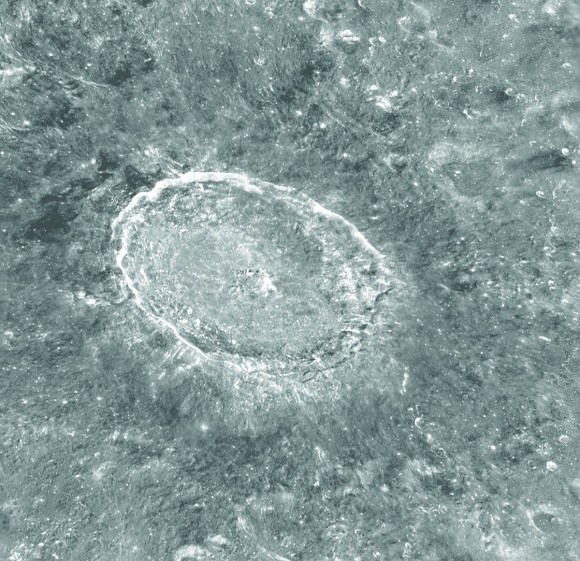
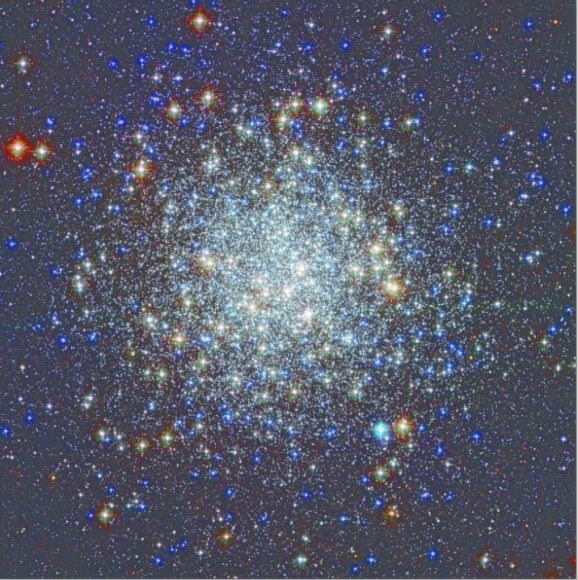
This images of the universe just leave us spell bounded. Fantastic experience to view the true universe that already exists but we didn’t know about. It makes me feel how much small we are in front of this grand grand creation of God. It is the proof of a Godly system that works for maintaining this universe. However, from these images, one thing can be understood. Mady be our universe is older that 13.7 billion years as the galactic image can reveal. It may span beyond 13.7 to 14 billion light years as the light from those far away sources might not have reached to us to let us know about their existence. Grand! Really Grand!!!!